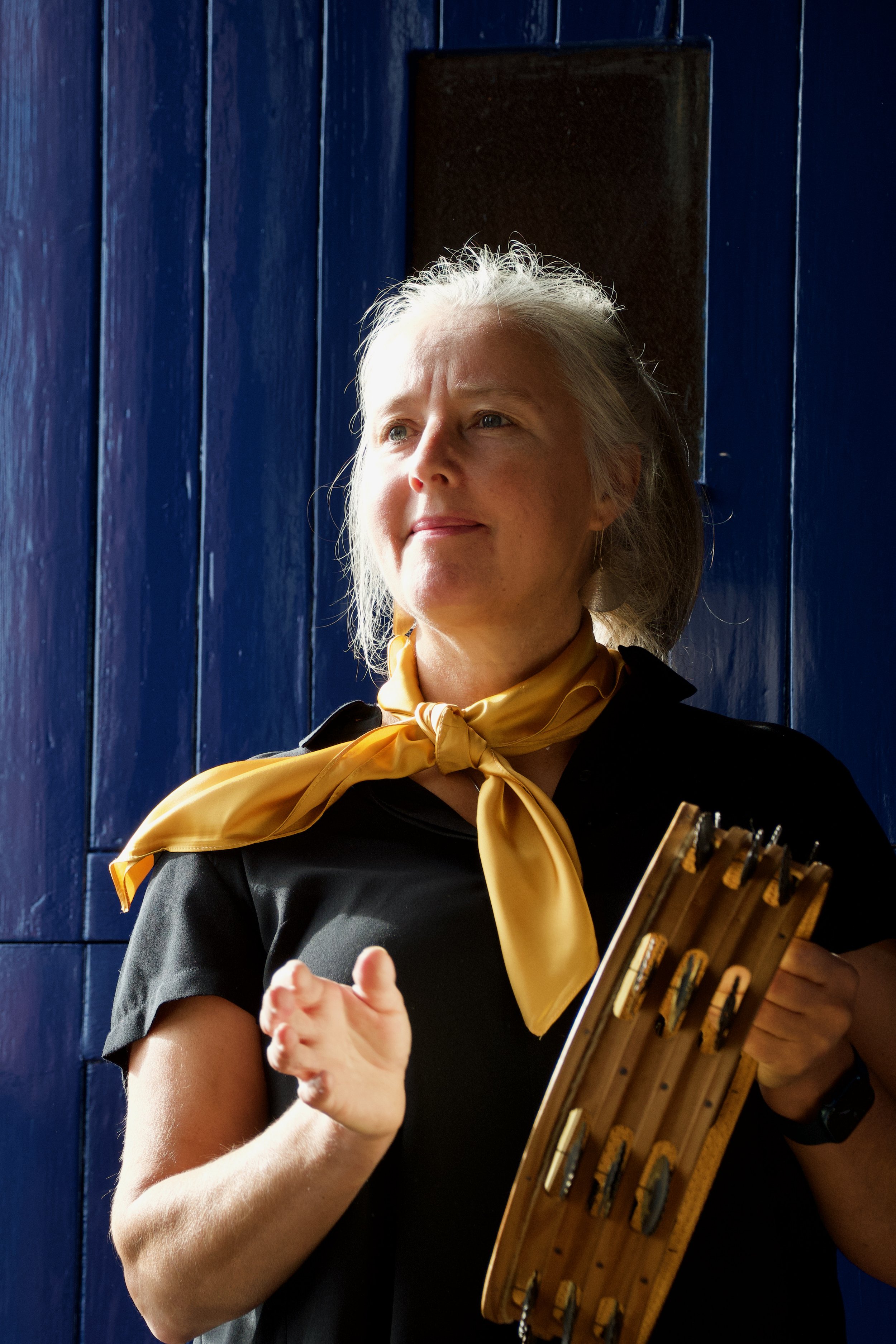Timpani & Percussion
by Ben Hoffnung & Rachel Bainbridge.
Baroque timpani or kettledrums are the little brothers and sisters of their modern counterparts. Broadly speaking they consist of a pair copper bowls with goatskin or calfskin stretched evenly across their diameter and tensioned by means of six lugs or taps.
Each drum has an effective tonal range of approximately one fifth. Their role almost exclusively is to accentuate the tonic and the dominant - arguably the two most important notes in the history of western music.
Whilst tiny compared to today’s instruments, baroque drums are capable of a wide and effective range of dynamics and sonorities within the context of a period instrument orchestra, eminently coupling with the Natural Trumpets to produce a distinctive and regal hallmark.
Originating from the military as regimental instruments the baroque kettledrums, alongside the trumpets, began to take their place firmly and formally within the orchestra from the early 17th Century onwards.
Most percussion instruments played in Europe in the Baroque period were inherited from the sophisticated ancient cultures in the Middle East, Egypt and Africa. Since these distant times they have been deeply woven into our culture and society, performing many functions, from warding off evil spirits to playing at religious ceremonies and for dances and celebrations, often traditionally by female players, as can be seen in Greek and Roman art!
From the Renaissance period onwards, many instruments found their way into Western music including gongs, bells, tambourines, clappers, xylophone, musical glasses, triangle, castanets, cymbals, drums and Jingling Johnny, with baroque composers such as Lully, Gluck and Rameau featuring these in some of their most famous operas. Handel also notably used both timpani and side drums in his spectacular Fireworks Music, composed in 1749.
Our aim in Blackadder Baroque Brass is to use some of these instruments to add these colours and cross-cultural textures to our re-imagined workings of these Baroque masterpieces.



